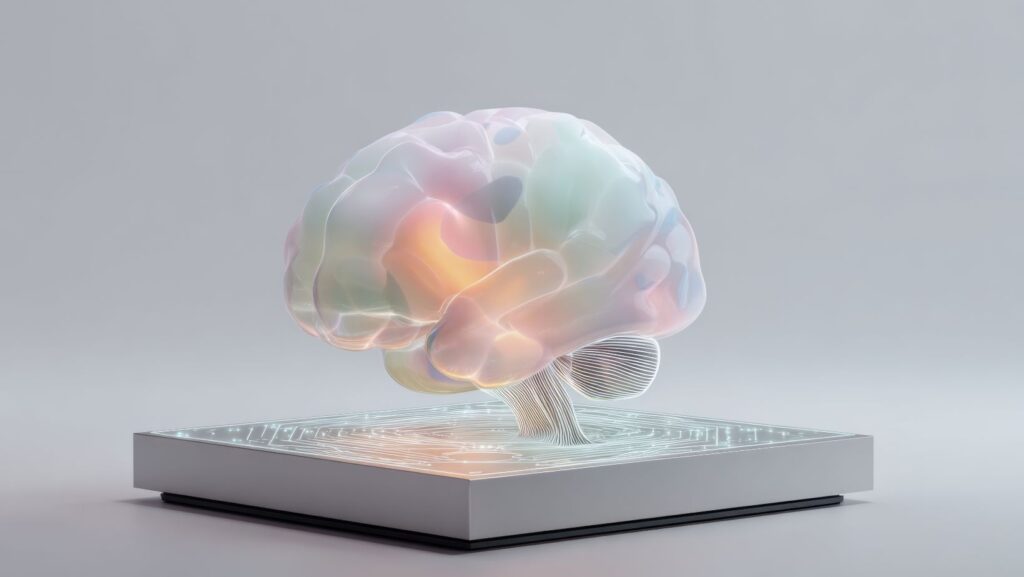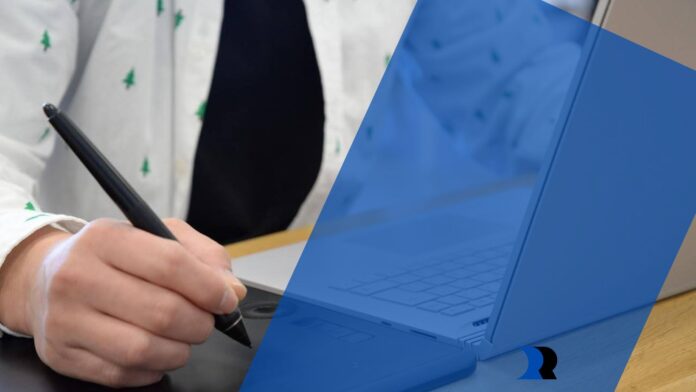From automating painstaking manual tasks to generating complex designs in seconds, AI is unlocking new levels of speed, precision, and imagination in 3D modeling. What used to take days of meticulous tweaking can now be accomplished in minutes, allowing creators to focus less on workflows and more on what truly matters: innovation and artistry.
Whether you’re an architect visualizing the next skyline, a game designer crafting immersive worlds, or a product artist pushing the limits of realism, AI is changing how 3D modeling happens at every stage. In this article, we explore seven practical, real-world ways AI is revolutionizing 3D modeling – and how these tools are not just enhancing efficiency but redefining what’s possible in digital creation.
1. Automated UV Unwrapping
One of the tedious tasks in 3D modeling is UV unwrapping, a process that can be time-consuming and complex. AI algorithms can automate this process, saving you valuable time and ensuring more efficient unwrapping. By utilizing AI for UV unwrapping, artists can focus more on the creative aspects of their models rather than getting bogged down in technical details.
For example, product designers use AI-assisted UV unwrapping to visualize materials and finishes quickly, while architectural firms apply it to accelerate realistic texturing of interior layouts. It lets artists focus on design quality rather than technical setup.
2. Generative Design Tools
Generative design uses AI to create multiple versions of a model based on input parameters such as materials, size, and functionality.
This is especially useful in engineering and manufacturing, where designers can test different structures for strength, efficiency, or sustainability before production begins. In gaming and film, AI for 3D modeling tools also helps generate large environments or object variations automatically, freeing teams to focus on storytelling and aesthetics.
3. Realistic Rendering Enhancements
Rendering determines how a 3D model looks in its final form. AI-driven rendering tools can now simulate light, texture, and shadow more accurately, producing lifelike images in a fraction of the time.
In architecture, AI rendering helps clients visualize buildings with real-world lighting conditions. Animators and filmmakers use similar tools to achieve cinematic realism without extended render times. Cloud-based render farms further accelerate these complex visualizations.
4. Intelligent Asset Library Organization
Every 3D artist works with huge libraries of models, textures, and props. AI simplifies asset management by automatically tagging, organizing, and recommending relevant files for each project.
For animation studios, this reduces production time when reusing characters or environments. For industrial designers, it ensures version control and consistency across projects, keeping creative pipelines running smoothly.
5. AI-Based Error Detection and Correction
Complex 3D models often contain hidden flaws such as overlapping geometry or non-manifold edges. AI tools can now detect and fix these issues automatically, reducing the risk of rendering or performance problems later.

This is invaluable in 3D printing, where even small structural errors can cause failed prints, and in game design, where model optimization is critical for smooth real-time performance.
6. Adaptive Parametric Modeling
Parametric modeling allows artists to modify key variables like size or curvature to instantly generate new shapes. AI takes this further by adapting parameters intelligently, learning from user behavior to suggest the most efficient or visually appealing variations.
Architects use adaptive modeling to optimize layouts for lighting and space. Furniture designers rely on it to test form, balance, and ergonomics before creating prototypes.
7. Context-Aware Design Assistance
AI-driven design assistants act as digital collaborators, analyzing your model and offering smart feedback in real time.
For example, engineers get alerts about potential weak points in a structure, while artists receive composition or proportion suggestions to improve visual balance. This context-aware guidance helps users refine their designs faster and with more confidence.
Final Thoughts
AI isn’t replacing creativity, it’s enhancing it. Whether you’re designing buildings, creating cinematic worlds, or prototyping new products, AI-driven modeling tools make 3D work faster, smarter, and more accessible.
As technology continues to evolve, it’s clear that AI will remain a driving force behind the next generation of 3D innovation across every creative and technical field.


